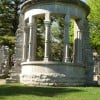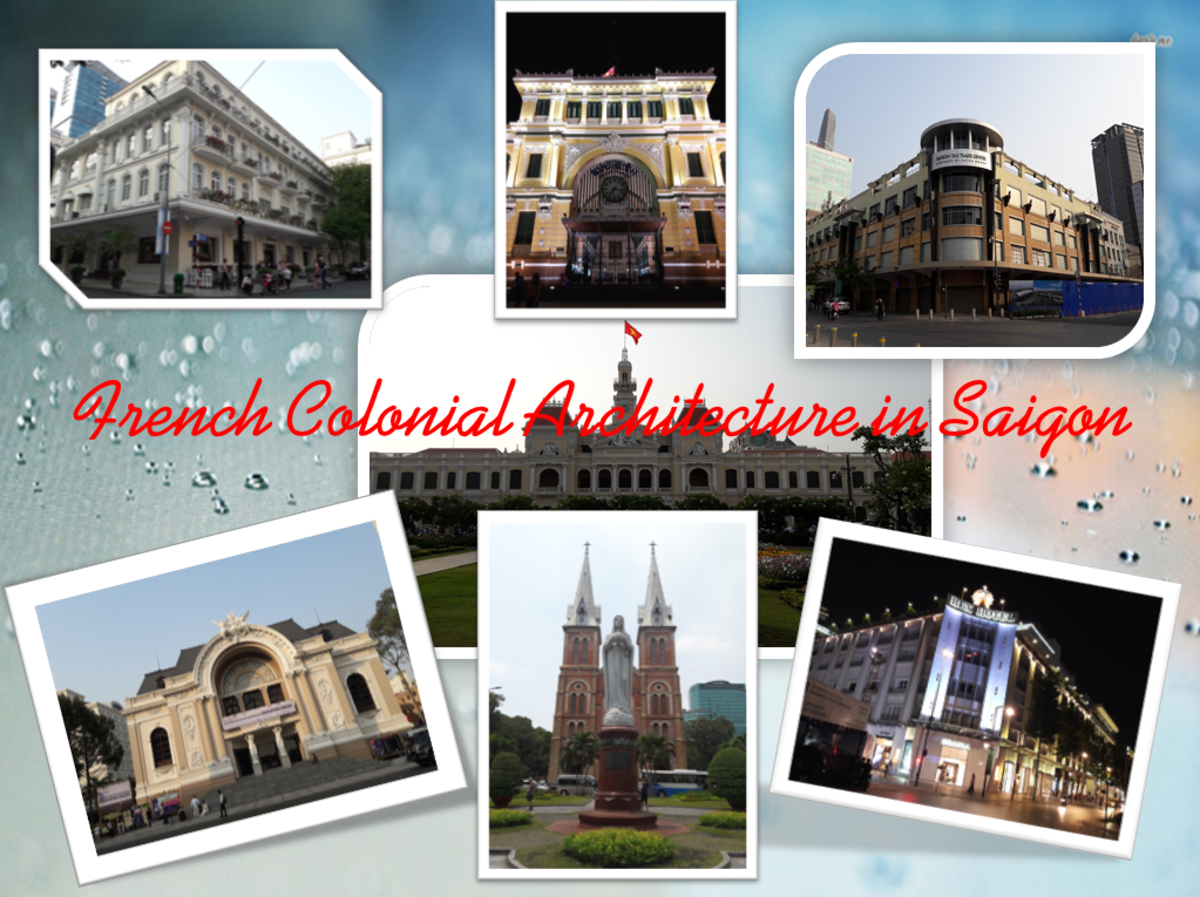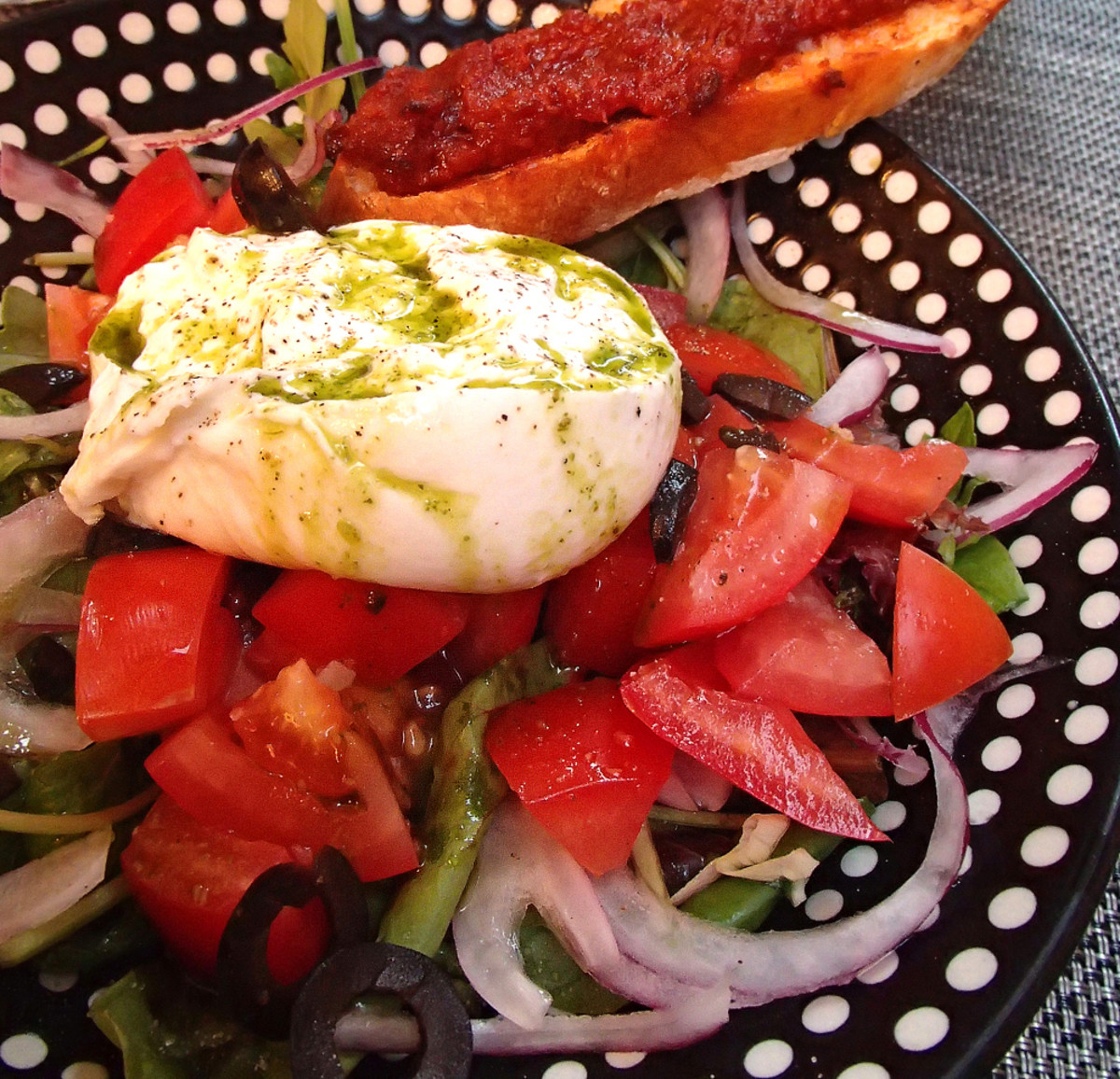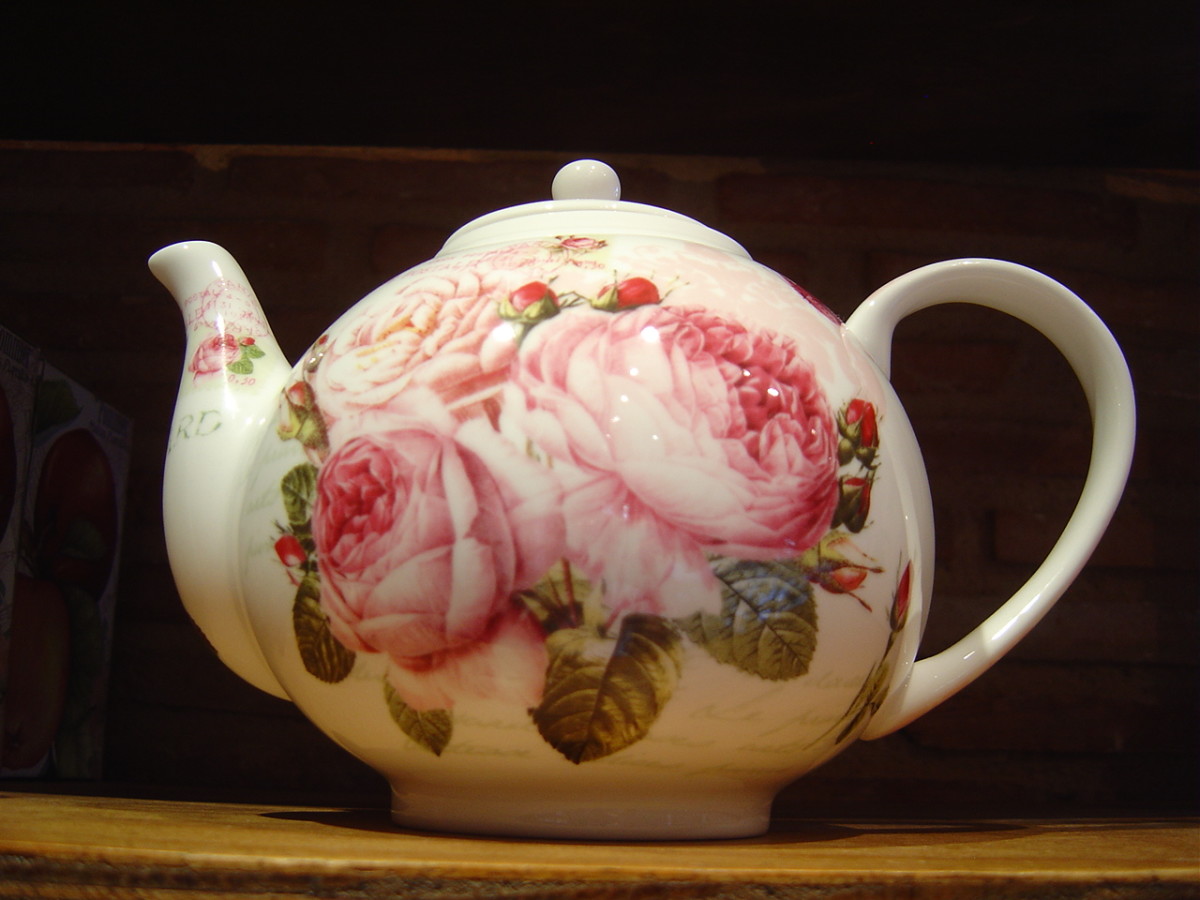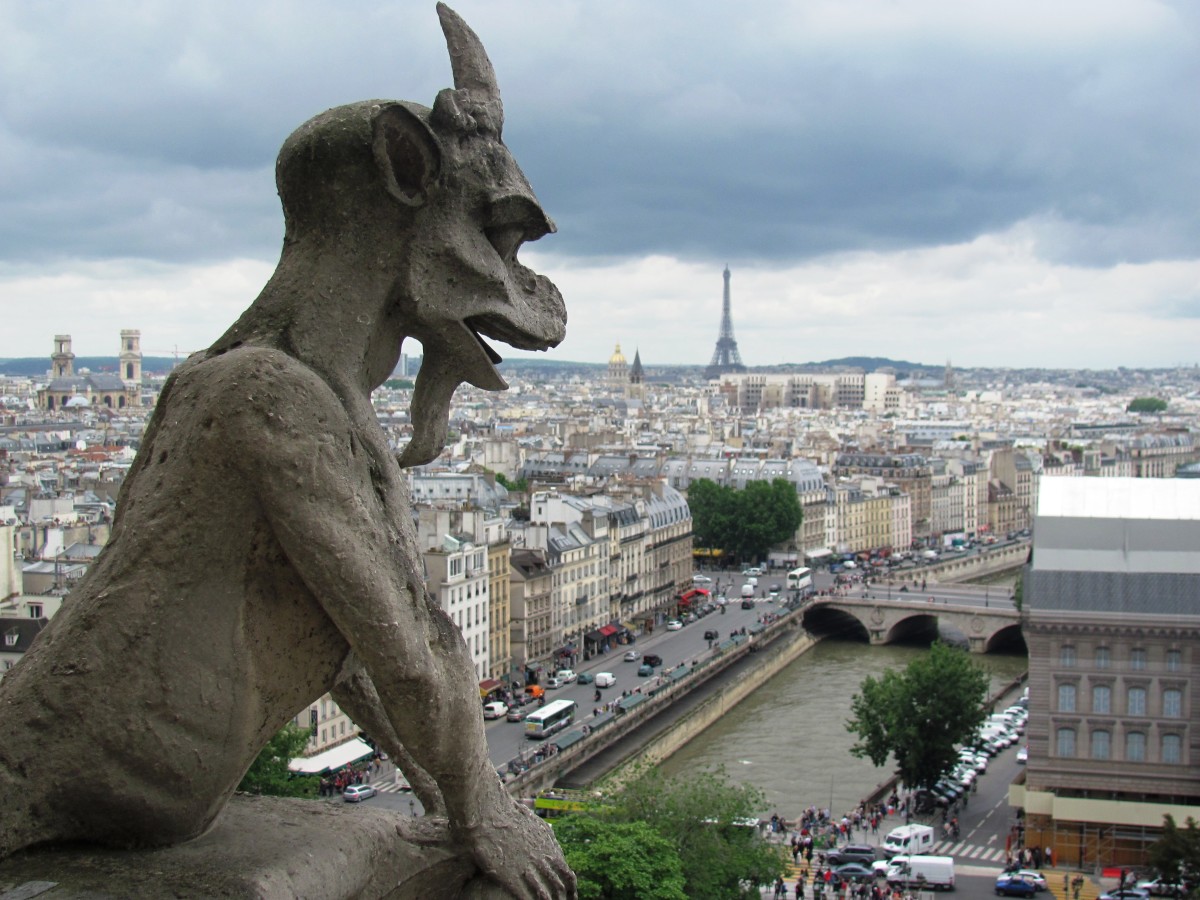Visiting Roubaix, France: architectural magnificence, polarities and apparent contradictions

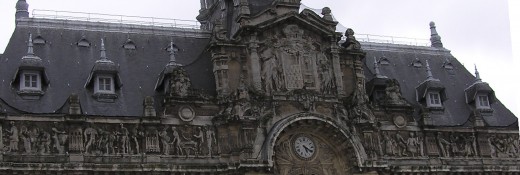

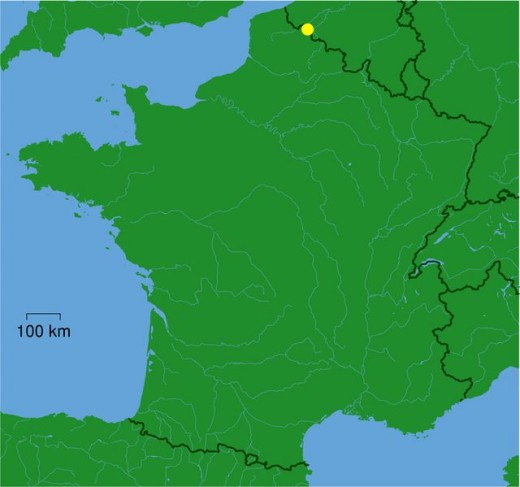
Its Grand'Place has excellent examples of civic and ecclesiastical architecture
Roubaix, has among the most magnificent architecture of northern France. The Grand'Place of this major French city has outstanding examples of both civic and ecclesiastical architecture.
Famous people associated with the city also typify important trends in French history and culture.
City Hall
The City Hall (Hôtel de ville) was completed in 1911. The building's design has various motif references to the large, local textile industry which formerly gave the city (known as the 'French Manchester') much of its prosperity.
The architect responsible was Victor Laloux. He also worked on other notable buildings such as the American Embassy in Paris.
Of the various impressive frontages of northern French City Halls, that of Roubaix probably impressed me among the most.
Church of St. Martin
The church of St Martin (Eglise Saint-Martin ) was substantially built in the 15th and 16th centuries. Its site is on that of a church originating several centuries earlier.
In the 19th century, the architect Charles Leroy, who also worked on Lille's cathedral and other significant projects in the region, was responsible for restoring the building.
Famous people associated with Roubaix
A number of famous people have associations with Roubaix. These include:
Pierre Pflimlin , born in Roubaix in 1907, was Prime Minister of France in 1958 preceding General Charles de Gaulle's appointment to that post; as it happens, I remember seeing Mr. Pflimlin by chance at a congress hall in Belgium, when he later was serving as the President of the European Parliament.
Maxence Van der Meersch , also born in 1907 in Roubaix, was a novelist whose works were largely set in Flanders; again, I recall spending many hours of fascinated reading as I devoured works which described the many places in northern France and Belgium which I had visited over a number of years. His books also evoke much tension between secular and religious themes. His Quand les sirènes se taisent ('When the looms are silent', 1933) is set in Roubaix. He died in 1951.
Jules Guesde (1847-1922) served as a parliamentary deputy representing Roubaix. As a student I recall being very struck by the complexities of his thought which — on the surface — seemed contradictory. Later, studying his ideas and life, I am led to surmise that his life exemplifies many of the interwoven strands of thought and political culture which so deeply typify France itself. A revolutionary Marxist, and defender of trade unionists, he ended up opposing the way church and state were separated in 1905 because he claimed that the Combes ministry was violating the same right to freedom of association for religious orders that workers were claiming for themselves. An avowed internationalist who regarded worldwide worker brotherhood as being more important than French nationalist positions, he ended up joining the French government as a minister in 1914 after the beginning of World War 1 against Germany. This, despite the fact that Germany possessed a large labour movement with which Guesde had previously professed solidarity.
Also worth seeing
Menen, Belgium (distance: 16 kilometres), situated in the Dutch-speaking region of Flanders, has an interesting octagonal tower, dating from the 17th century, on its Town Hall.
Tourcoing (distance: 4 kilometres) has many distinguished buildings, including a belfry, and the City Hall dating from 1885.
Lille, France (distance: 13 kilometres), has cultural attractions too numerous to mention, but these include the picturesque place du Général de Gaulle , with its Old Stock Exchange (la vieille Bourse ) and the nearby Chamber of Commerce belfry; and General de Gaulle's birthplace museum.
Comines, France (distance: 18 kilometres), separated by the Lys River from the Belgian part of its conurbation, itsTown Hall belfry is interesting, and there is a bust of the Medieval chronicler Philippe de Commynes in the grounds of St. Chrysole church.
Renescure, France (distance: 67 kilometres), has an old castle, which now functions as the Town Hall, associated with Medieval chronicler Philippe de Commynes.
Mont de l'Enclus/Kluisberg, Belgium (distance: 30 kilometres) is a picturesque, wooded hill through which the French/Dutch linguistic frontier runs.
...
How to get there: Brussels Airlines flies from New York to Brussels Airport (Brussel Nationaal / Bruxelles-National), from where car rental is available. Brussels is the nearest large airport to Roubaix (distance: 109 kilometres). The French railroad company SNCF maintains rail links with Roubaix. Please check with the airline or your travel agent for up to date information. Please refer to appropriate consular sources for any special border crossing arrangements which may apply to citizens of certain nationalities.
MJFenn is an independent travel writer based in Ontario, Canada
Other of my hubpages may be of interest
- Visiting Roncq, northern France: town at the crossroads of history, with architecturally distinguish
Roncq has existed in one form or another long before France or nearby Belgium emerged as countries. Before the Franco-Belgian border was fixed in its current location, the area around Roncq suffered the... - http://hubpages.com/hub/Visiting-Belgiums-Mont-de-lEnclus-Kluisberg-wooded-hill-divided-into-its-Fre
How can a hill covered in trees be partly French-speaking and partly Dutch-speaking? Answer: this is Belgium. It happens, trust me. But do the trees speak French or Dutch (or any other language, for that... - Visiting Menen, Belgium: part of a cross-border conurbation, where everything suddenly changes
Interestingly, Menen is possibly more well known among Anglophones because of a structure named for the town, rather than because of the town itself. I am referring to Ypres (Dutch: Ieper), where the famous...
